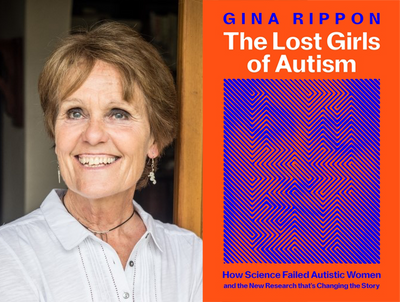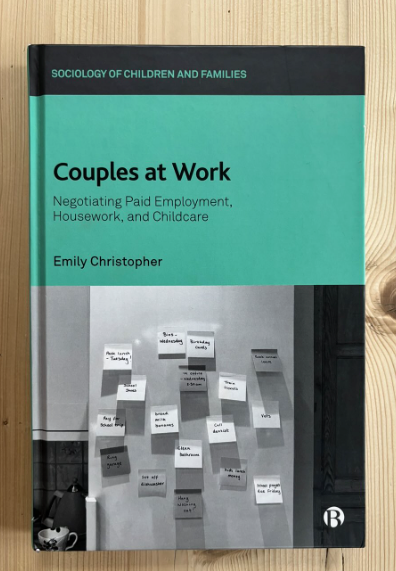- Inspirational Team Coaching course aims to develop leaders for the 21st century
- New course needed because occasional team-building activities and ‘away days’ are not enough for the needs of today
- Inspirational Team Coaching will be split into three modules with launch due this autumn.
Top business academics at Aston University are devising a new team coaching course with the aim of ‘upskilling’ the entrepreneurs of tomorrow.
The Inspirational Team Coaching course, to be launched this autumn, will lead to a Postgraduate Certificate from the Centre for Innovation in Enterprise Education at Aston Business School.
It has been developed by senior lecturer Dr Uwe Napiersky and senior teaching fellow Dr Elinor Vettraino, who discussed their plans in the latest episode in the ‘Aston means business' podcast series, presented by journalist Steve Dyson.
Dr Napiersky, who spent more than 20 years in international consultancy, explained that his motto for team coaching was “team excellence doesn’t come by itself”.
He said:
“Focused team coaching makes the difference between muddling through or performing as one – the team as a whole is the key, not the different egos. We all know the old ‘sum of the parts’ sentence which is more important than ever.”
Dr Napiersky said the new course helped their learners in areas such as collective team objectives and processes, and improved team dynamics. He said coaching was a “billion-dollar” industry and team coaching was one of the “newest kids in town.
He added:
“One of my slogans is ‘innovation is a team effort’. Many leaders still believe in this model of the 20th century, but it’s more about the 21st century, leadership more in a team direction.”
His colleague Dr Vettraino, who incorporates team coaching into her consultancy work, said:
“Organisations make an assumption that people know how to work together in teams and actually that’s often not the case.”
She said that while employers tend to have team building activities, “they don’t address the day-to-day challenges and benefits of working in teams the way a coaching process can.”
Dr Vettraino explained that team coaching can lead to increased motivation for staff, enabling innovation and creativity to grow, along with collaboration – which she said was “a key to surviving in industry nowadays”.
She added:
“Being supported by a team coach adds tremendous benefit to an organisation.”
The course, to be delivered by experienced coaches and team leaders, is divided into three modules, with the first on ‘foundational knowledge and essentials’.
Dr Napiersky said:
“We go into team learning, we go into the area of innovating teams, and we will definitely look into real world team challenges our students will have.”
The second module is focused on ‘Tasks and Mindset’. Dr Vettraino said its purpose was to take some of the foundational knowledge and put it into practice, by “looking at developing participants’ innovation, creativity, problem-solving and risk-taking capacity and mindset”.
She added:
“It’s going to enable the participants to really dig into the playfulness and creativity of their own coaching practice that will enable them to find new and different ways of working with teams.”
The third and final module looks at developing ‘Professional Practice’. “It’s really in the third unit that participants start their own swimming and with their own swimming style,” explained Dr Napiersky. The understanding goes from unprepared to clear for themselves, from singular to systemic, from messy to focused or muddling through to structured.”
Dr Vettraino chipped in:
“There’s a lot of opportunity here to develop really rich projects in relation to their coaching practice. What we want them to do is hone their skills and capacity for inspirational team coaching with real clients they are working with so they can develop a very rich understanding of putting the first year module’s learning into practice.”
To prepare students for the real world, Dr Napiersky said:
“There’s a lot for internal coaches to do – getting teams clearer, getting them working, and helping them to build up more capacity, and applying the skills they will learn on this course.”
Dr Vettraino said:
“This skill base will enable people who are currently practising, perhaps as consultant coaches of their own practice, to develop something that adds to their toolkit. They can take it into their own practice and potentially even coaching other organisations.”
To find out more about the programme email e.vettraino@aston.ac.uk or u.napiersky@aston.ac.uk.
▪ Episode 5 in series 4 of ‘Aston means business’ podcast can be found HERE.





